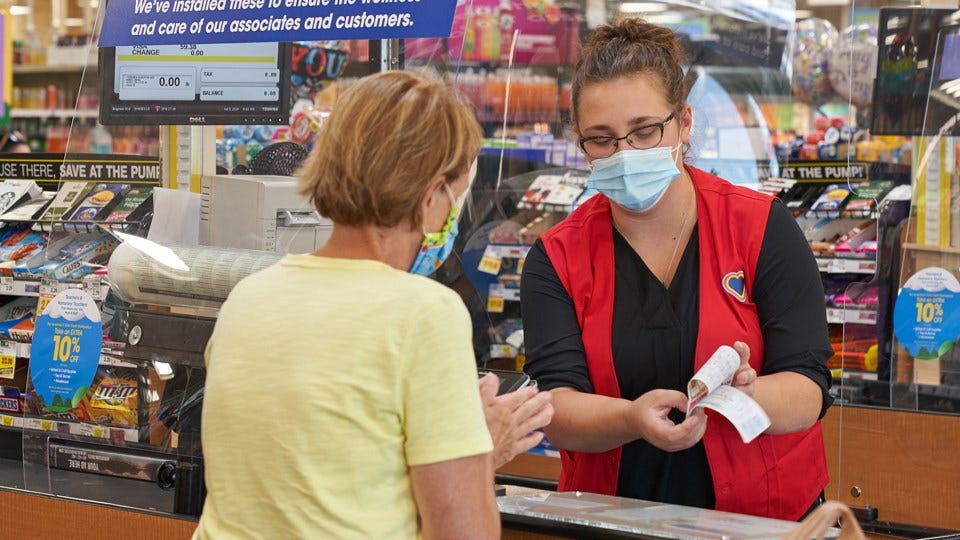Purdue economist explores online shopping impact
Subscriber Benefit
As a subscriber you can listen to articles at work, in the car, or while you work out. Subscribe Now
While the explosive growth of online shopping has changed the retail landscape, an economics professor at Purdue University says it may not be all “doom and gloom” for brick-and-mortar retail stores. Lindsay Relihan, who is an assistant professor of economics in the Mitchell E. Daniels School of Business at Purdue, has conducted research to examine the impact to physical storefronts.
“I think that retail apocalypse story that we often tell…that [there] will no longer be any stores is too simplistic,” said Relihan.
In an interview with the Associated Press, Relihan said she has seen a shift in what types of stores will survive and actually thrive from the rise of online retail.
“There are some that will close and be replaced. But they can be replaced by a richer set of brick-and-mortar stores that are more about experiences and that have some sort of in person consumption component. So retail is actually likely to be a lot more experiential than it used to be,” said Relihan.
Relihan says shoppers who buy their groceries online, or use shopping services, are now visiting supermarkets less often. However, they now have more time to enjoy other retail outlets.
“I find evidence they actually use some of the time saved from going to the grocery store, to increase their trips to other kinds of stores,” said Relihan.
She says coffee shops, gyms, theaters and restaurants that have an in-person consumption component can still attract customers.
“The kinds of goods that you have to experience in person that when you have more time to do them, you would like to go out and do more of,” said Relihan. “So, there are actually ways in which some stores can win from this transition to online retail.”
